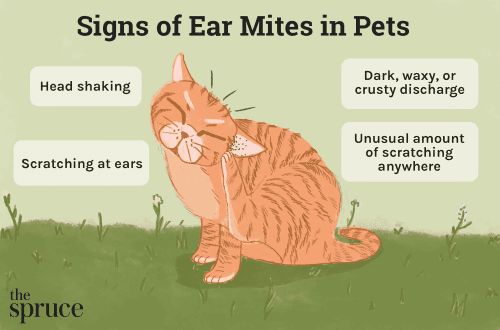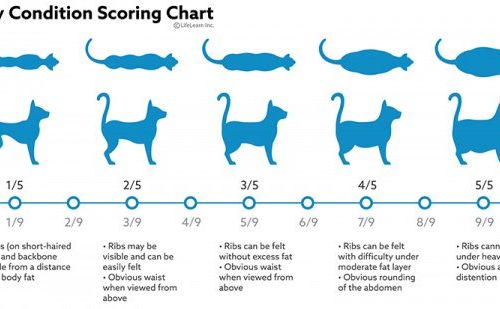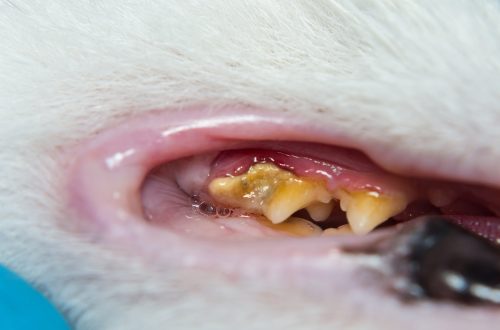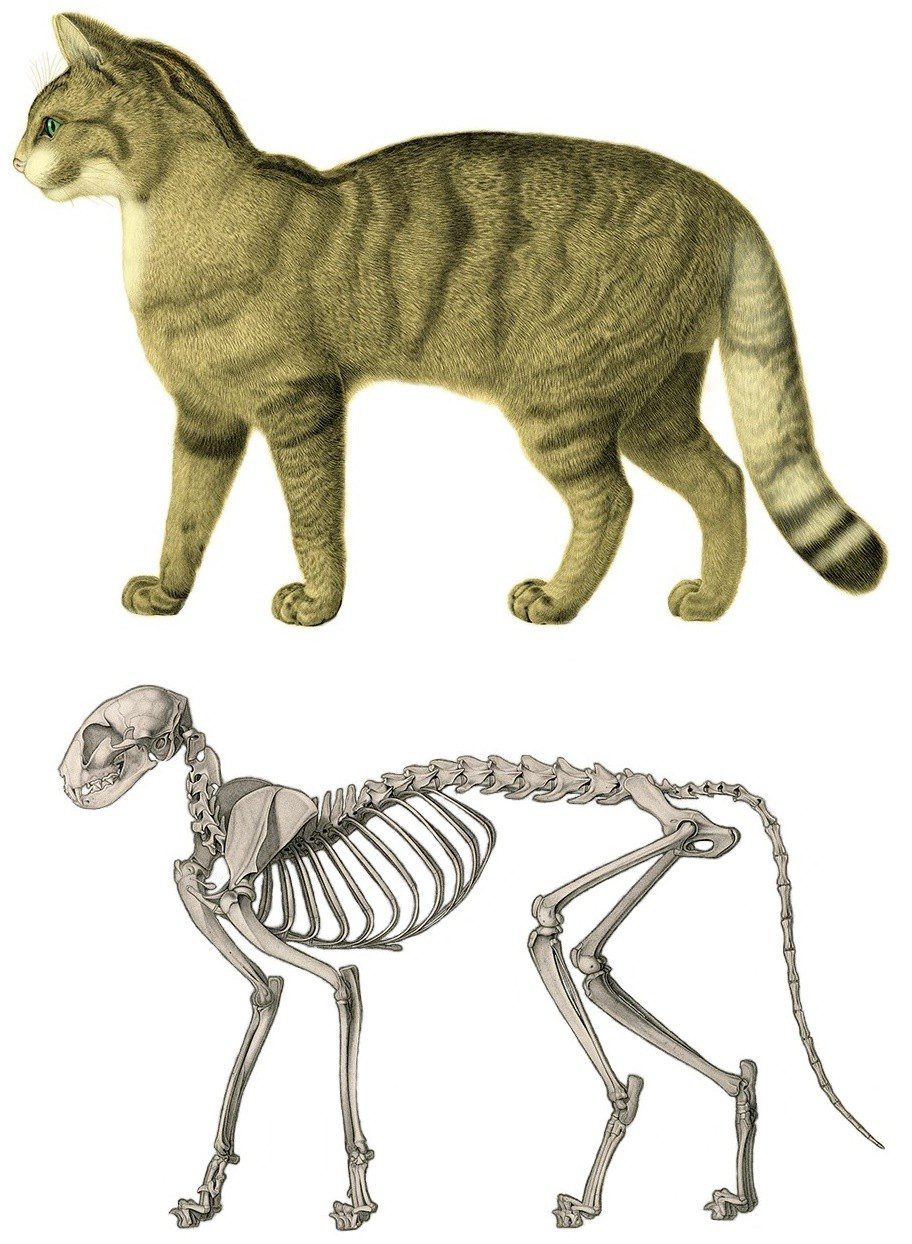
Cat anatomy
Anatomically, the cat’s body is the fighting organism of an elusive predator, but man has turned cats into stately pets. But if necessary, nature again takes its toll, and the cat can instantly remember all its dormant skills for the time being. And the owners of small hunters should have an idea about their anatomy.
cat skeleton
Not the last place in the huge variety of physical capabilities of a cat is the structure of its skeleton. The skull is strong, with an impressive, relative to the size of the animal, jaw size, with three dozen teeth, of which a dozen incisors and four fangs. For large cat eyes, very large eye sockets are provided.
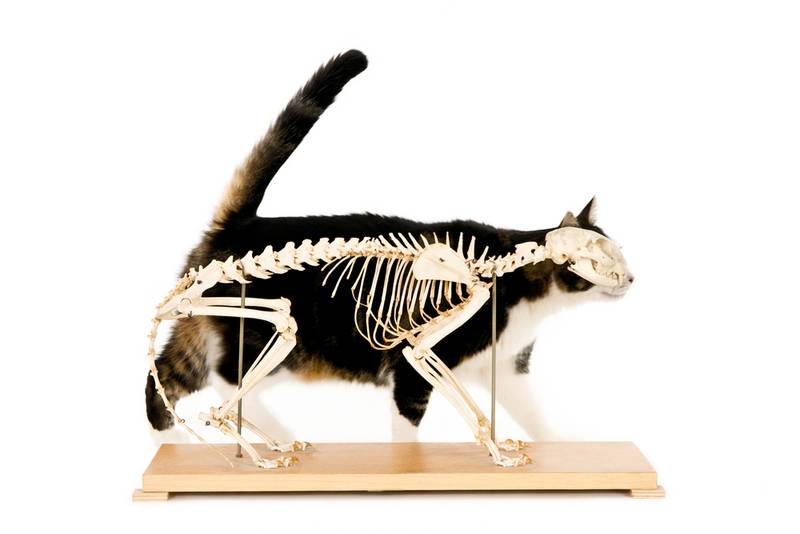
The cat has a very flexible and mobile spine, with a high density of small bones and thirteen very agile vertebrae, to which twelve pairs of ribs are attached. This allows the cat to bend in the right situations according to her desires and needs. Then comes the lumbar region with seven vertebrae, to which many muscles and tendons are attached, allowing you to perform various actions and supporting internal organs. And the last is the tail section, which helps cats balance and maintain balance.
The limbs of cats allow them to run fast and quickly climb trees.
Internal organs
A cat has a set of internal organs typical of mammals and humans: heart, circulatory system, lungs, kidneys, liver, spleen, intestines.
The excretory and digestive systems of a cat are also very similar to those of a human. However, the cat’s stomach is able to digest large, unchewed pieces of food or whole small animals. The esophagus in cats can actively contract in both directions, which allows both swallowing large food and spitting up excess or lumps of wool accumulated in the stomach.
Sexual system
There is nothing unusual in . Puberty in these animals occurs at the sixth or eighth month, and the organism is fully ready for reproduction and bearing offspring at ten to twelve months.
senses
But in relation to the senses, cats are gifted with evolution very richly. They smell, hear and see our pets much better than their owners. Cats see very well at night and in the distance and distinguish colors.
Cat ears are capable of picking up ultrasound; as many as twenty-seven muscles help cats move their ears.
Cats have more olfactory receptors than humans, but taste receptors are less developed. As a result, a cat’s nose works better than a human’s, but another cat is able to overstubborn its owner by picking food.



